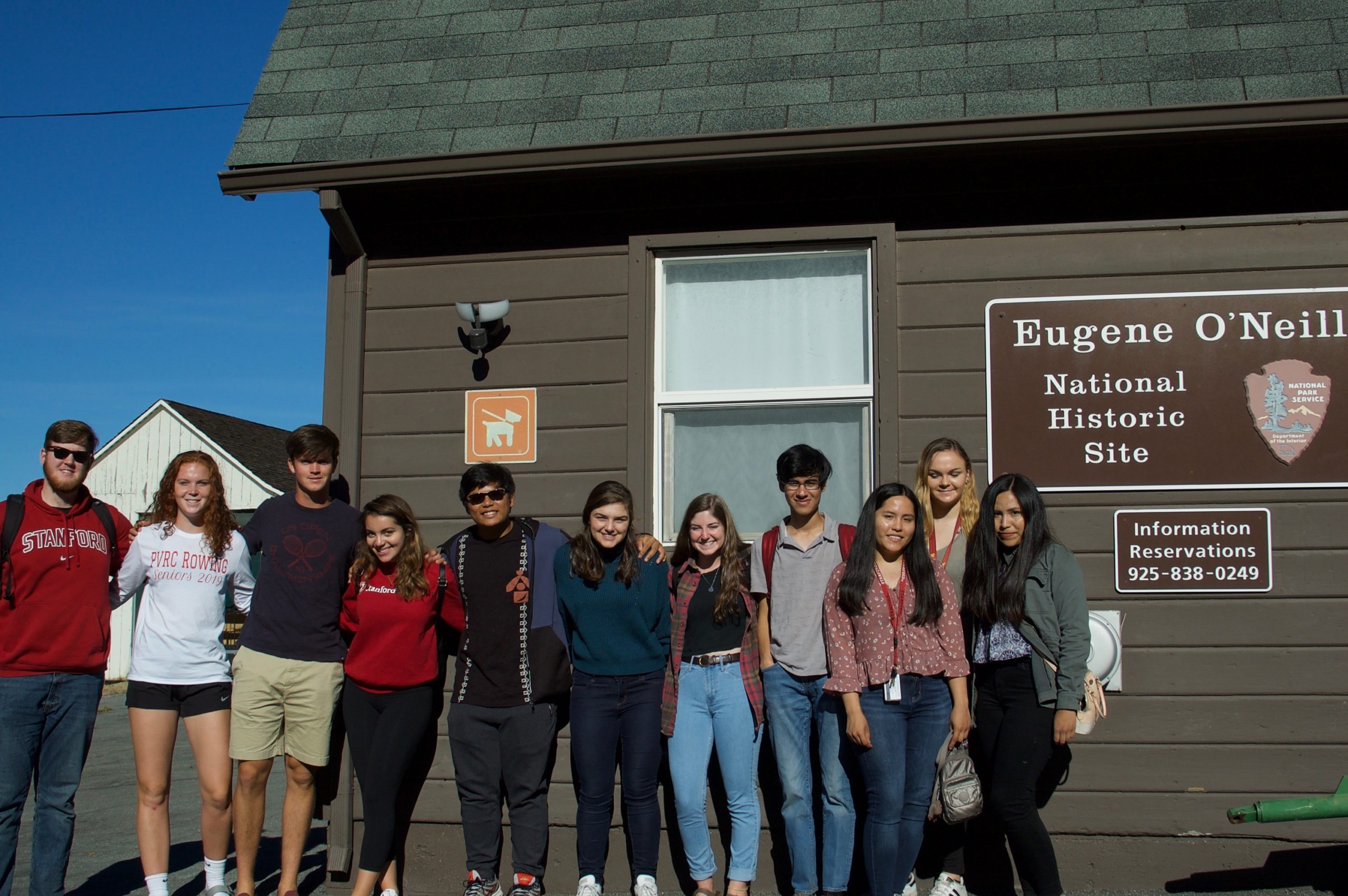As part of the fall quarter Introductory Seminar (IntroSem) COMPMED 23N: “Microbes that Made Plagues: Biological Causes and Social Responses,” students examined the impact of disease and plagues on society throughout history, exploring cases such as the “Black Death,” the 1918 flu and the HIV pandemic.
The course was taught by assistant professor of comparative medicine Thomas Cherpes, whose lab focuses on investigating host defense against cancer and microbial pathogens.
Students explored the biology of disease and its societal effects to gain insight into different aspects of public health and epidemiology.
Lessons from historical epidemics can be applied to outbreaks of disease today.
A novel coronavirus (2019-nCoV) was first identified in Wuhan, China in December, resulting in the quarantine of millions of people in the area. Cherpes compared the 2019-nCoV by looking to the severe acute respiratory syndrome (SARS) outbreak, another coronavirus infection, which started in China in 2002. In terms of the severity of their symptoms, he said that clinical 2019-nCoV has been far milder than the 2002 cause of SARS. Whereas SARS was contained by focusing on hospital outbreaks, the relative mildness of 2019-nCoV poses different challenges for hampering its spread.
With 2019-nCoV, some cases are asymptomatic, meaning infected individuals may not present with symptoms. This could lead to them not visiting health care centers and continuing to work and travel with mild symptoms, despite being infected. Current measures in the United States include screenings at airports, travel restrictions and quarantining recent visitors to China.
Students in Cherpes’ course also learned about his research.
“One of my favorite experiences was learning about Professor Cherpes’ research on herpes simplex virus in mice,” said Phillip Ipock ’23.
Students learned about more than just the biology of disease: They also investigated its social impact. Ipock discussed learning about what some researchers and epidemiologists call the “feminization of HIV” in sub-Saharan countries, where women are disproportionately affected by the pandemic.
Students also considered how to balance potentially competing priorities. Camryn Franke ’23 recalled a heated debate in class about national security and global health. U.S. intelligence agencies reportedly sponsored a hepatitis B vaccination campaign to collect DNA in the neighborhood housing Al-Qaeda terrorist leader Osama bin Laden. Students discussed how these actions can inspire distrust of humanitarian healthcare efforts and vaccination in more vulnerable regions.
In designing COMPMED 23N, Cherpes sought to encourage active participation, classroom discussion and collaborative learning. Students worked in groups to research and present on aspects of historical pandemics. Ipock, who is considering a double major in biology and comparative literature, studied the impact of tuberculosis on the work of the novelist Vladimir Nabokov, as well as the effect of bubonic plague on Iberian pilgrimage routes.
“I only hope that people keep in mind the power dynamic involved in global health crises,” Ipock said. “These situations are issues of human health, but they can also become political for good and for bad. I would say that, if anything, COMPMED 23N helped me to better understand that plagues are much more impacting in ways outside of health.”
Contact Thomas Yang at thyang23 ‘at’ stanford.edu.
